Houseplant drainage: what is it and what can you use?
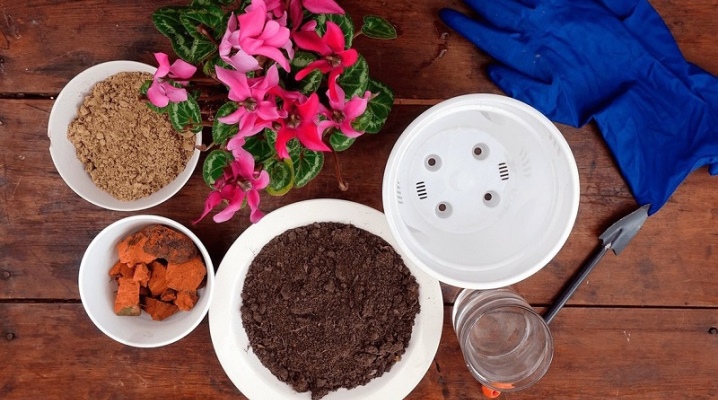
When planting indoor plants, in no case should you skip the stage of forming the drainage layer. If not enough attention is paid to the selection and distribution of the drainage material, then the plant may become ill or even die in the near future.
What it is?
When planting indoor plants or flowers, it is important to remember that they definitely need drainage. Basically, this term refers to the special material that covers the bottom of a vessel or container. The substance must be coarse or coarse to ensure air and moisture permeability. The drainage system creates suitable moisture for the plant, but does not contribute to the appearance of rot on the root system. In addition, it allows the roots to breathe, which is also a necessary factor for the development of indoor culture.
In the absence of air in the soil, there is a high probability of the multiplication of fungi and pathogenic plants. The drainage system not only prevents this situation, but also fights against the appearance of seals, uneven moisture distribution, and acidification. If you choose the right drainage material, it will be possible to ensure the optimal composition of the soil, in which half will be occupied by solid particles, 35% will be filled with moisture, and 15% will remain for voids.
It should be mentioned that for high-quality drainage, not only the selection of the material itself is important, but also the choice of the container for planting. Both the material of the container and the number of holes in it are taken into account.
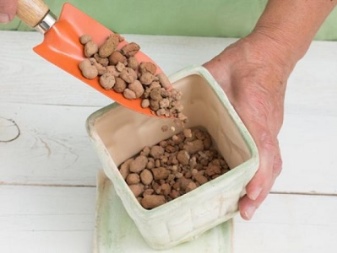

Primary requirements
In principle, any material consisting of large particles and having certain properties can be suitable for drainage. When interacting with moisture, it should not initiate any chemical processes, collapse or thicken, as well as rot or block the liquid. Natural components or materials specially designed for this (for example, vermiculite or agroperlite) are selected as drainage, which can also filter the soil from harmful substances and excess salts. Sometimes foam and similar materials are used for the drainage system, which do the worst job, but save the roots from hypothermia.
In order for the drainage system to function successfully, attention should also be paid to the growing container. Each must have holes, the diameter of which depends on the characteristics of the "inhabitant" itself. For example, if the plant loves moisture, then the holes need to be made small - about 0.5 centimeters, but for succulents the optimal diameter reaches already one centimeter. When the plant is transplanted, the drainage layer should be renewed, or it should be thoroughly rinsed from the old soil, disinfected and dried. The thickness of the drainage layer is also determined depending on the plant.
If a small number of holes are made at the bottom, then a lot of drainage will be required. - its layer should occupy almost a quarter of the entire volume of the pot. If the number of holes is average, then a smaller drainage layer is required - about 1/5 of the total volume.
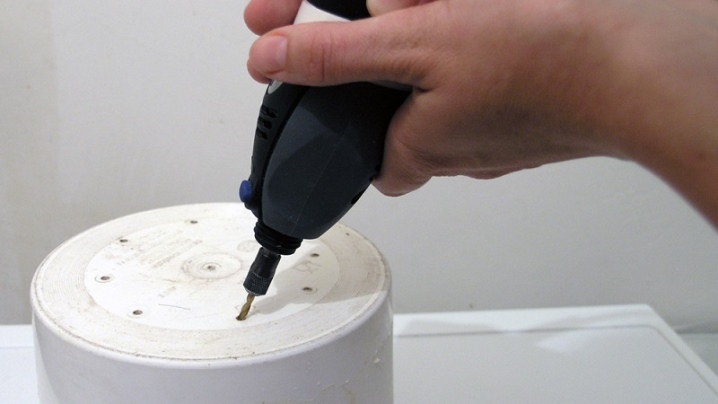
Finally, for a container with large openings present in sufficient quantity, only 1/6 of the pot is required for drainage. The minimum level of drainage forms a height of 1 to 3 centimeters, the average one reaches 4-5 centimeters, and the high one is at least 5 centimeters.
Materials such as crushed stone or pebbles, which have thermal conductivity, should be additionally covered with something porous, for example, expanded clay and perlite. It is also important to add that the drainage particles should not clog the holes in the bottom. The material is filled up immediately before planting and always in a dry state. The same can be said about the pot - it is important that it is dry and clean. If the instructions indicate the need to pre-soak the substance, this should also be done.
To distribute the particles evenly, the pot can be shaken a little or vigorously tapped from all sides.
It is recommended to sprinkle fine-grained drainage with a thin layer of soil mixture immediately before planting, but coarse-grained drainage will need to be thoroughly covered with clean sand.
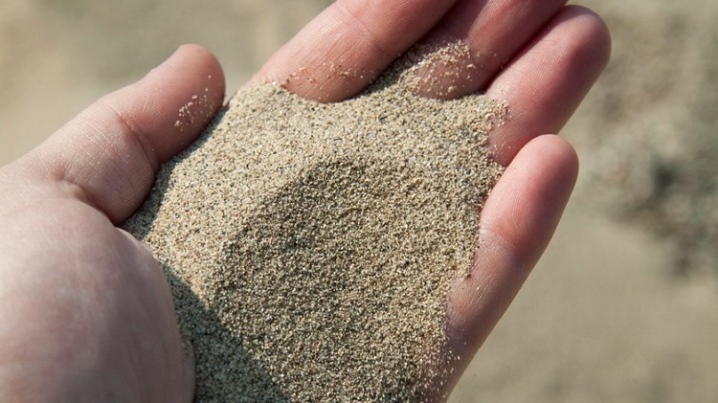
What can be used as drainage?
The drainage system can be made from available tools or purchased at a specialized store. For example, even such an unusual solution as sphagnum moss, capable of absorbing a large amount of liquid, and then directing it into the ground to avoid drying out, is suitable. This material is not always available in the store, but it is very easy to assemble it with your own hands during the autumn months. If necessary, raw materials are even frozen or simply put away for storage. Before use, the material must be soaked in a warm liquid so that it is saturated with moisture and also cleared of insects.
Crushed stone, pebbles and gravel
Crushed stone, gravel and river stones are quite popular types of drainage material. All of them do not require a purchase and are most often assembled with their own hands. but before planting or replanting, the particles must be cleaned of debris, rinsed in warm water and distributed by size. The disadvantage of this drainage is a rather large specific gravity and high thermal conductivity, which, under appropriate conditions, can cause hypothermia or overheating of the roots.
That's why when choosing crushed stone, pebbles and gravel, it is necessary to take care of the organization of an additional layer of expanded clay, perlite or some kind of porous material. The main advantage of this drainage is its reusability. By the way, it is not forbidden to use stones for the aquarium instead.
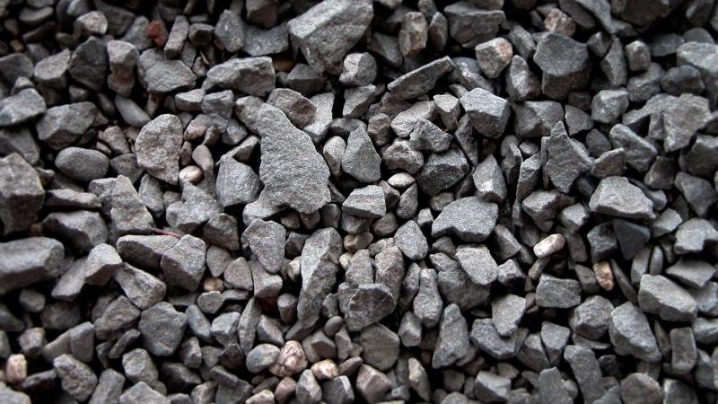
Vermiculite and perlite
Perlite and vermiculite are distinguished by their high cost, but also good drainage ability. Perlite is a processed volcanic rock that looks like porous, rounded particles, painted in a white or gray shade. Vermiculite looks very similar, but it is a multi-layered mineral that has been fired. When heated, these layers separate into individual flakes and form pores. Perlite with vermiculite is capable of absorbing moisture, and when the earth dries up, they return it.
If necessary, ordinary perlite can be replaced with agroperlite.
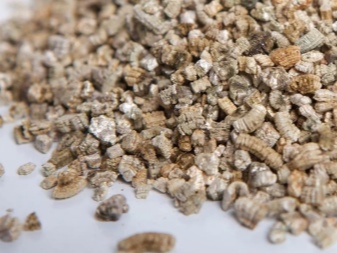
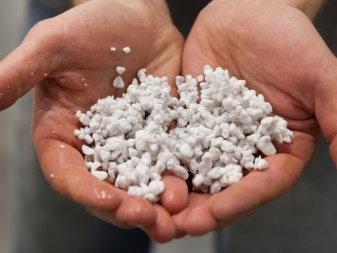
Expanded clay
Most often, expanded clay is purchased as drainage in gardening stores, which is porous clay lumps that have undergone heat treatment in an oven. But, unlike construction expanded clay, this material undergoes special cleaning and is also packaged in size. On sale you can find both particles with a diameter of 5 millimeters, and rather large pieces, reaching 20 millimeters.
The balls are selected in such a way that they do not fall out through the drainage holes and do not clog them. Expanded clay is an environmentally friendly and budgetary material, but some experts believe that it increases the acid level, which can negatively affect the state of the culture. It should also be mentioned that over the years, expanded clay is destroyed and becomes part of the substrate, which means that drainage will have to be organized again.
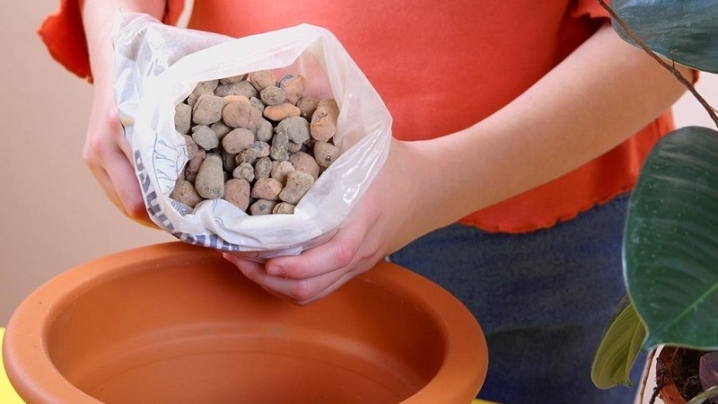
Broken brick
When using pieces of broken brick, sharp edges must be rounded off, otherwise the roots of the plant will quickly be damaged. In addition, we must not forget about the obligatory washing, drying and cleaning of debris. This drain is most often used for succulents or other plants that can retain moisture in the leaves and stems, and therefore do not require holes in the bottom of the container.
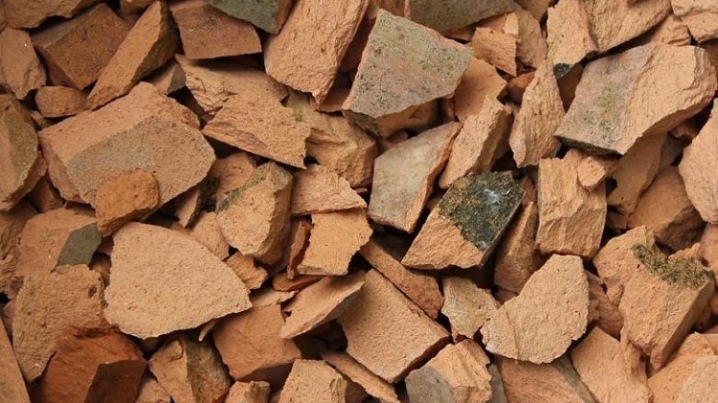
Ceramic shards
The remains of ceramic products have the same properties as chipped bricks. The porous surface allows you to accumulate moisture, and then saturate the drying out soil with it. Ceramic serves even more than expanded clay, due to its increased density. The edges of the shards must be blunt before use in order to avoid injury to the plants. In addition, cover the bottom with them with the concave side down, sprinkling a little with expanded clay. By the way, only clean ceramics, devoid of glaze coating, are allowed to be placed.
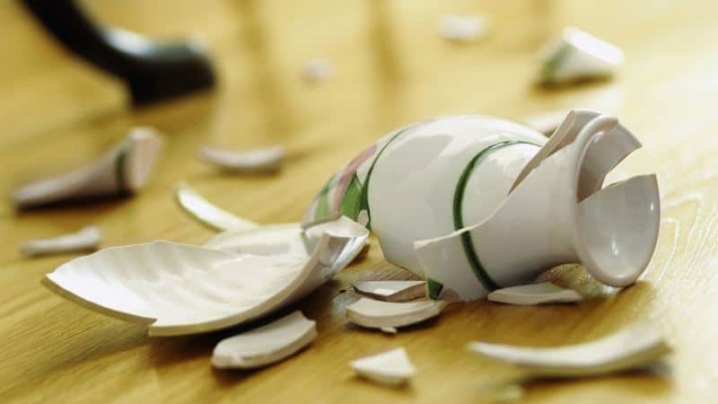
Styrofoam
The use of foam as drainage is considered not very successful, but still a possible solution. Lightweight, cheap and porous material is able to maintain the required temperature in the pot, but poorly removes excess liquid. It is better to use it for those crops that are often transplanted or have undeveloped roots. Thus, it will be possible to avoid the germination of the root system through the foam layer.
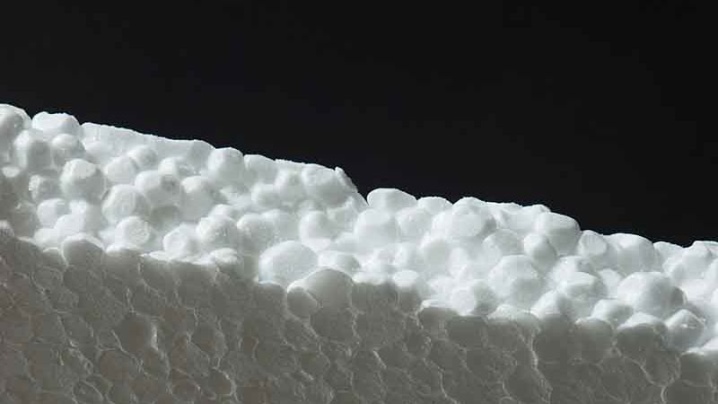
What shouldn't be used?
Some materials are strongly discouraged when creating a drainage layer. For example, sand, compaction, will create a blockage for the moisture used for irrigation. You should not choose the organic matter that begins to rot over time. Chemically unstable materials are not suitable, as well as those particles that have sharp edges, which means they can injure the delicate roots of the culture.
Materials prohibited for drainage include nut shells, tree bark, and eggshells. These organics will begin to form plaque and even mold in the substrate, change the acidity of the soil and cause disease.
The use of marble chips is considered dangerous, which, when exposed to water, changes the acid-base composition of the soil mixture.

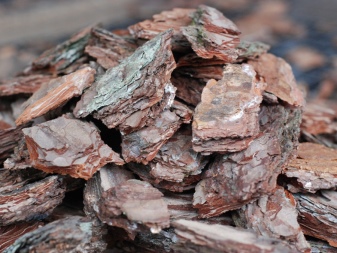
For information on how to properly lay drainage for indoor plants, see the next video.































The comment was sent successfully.